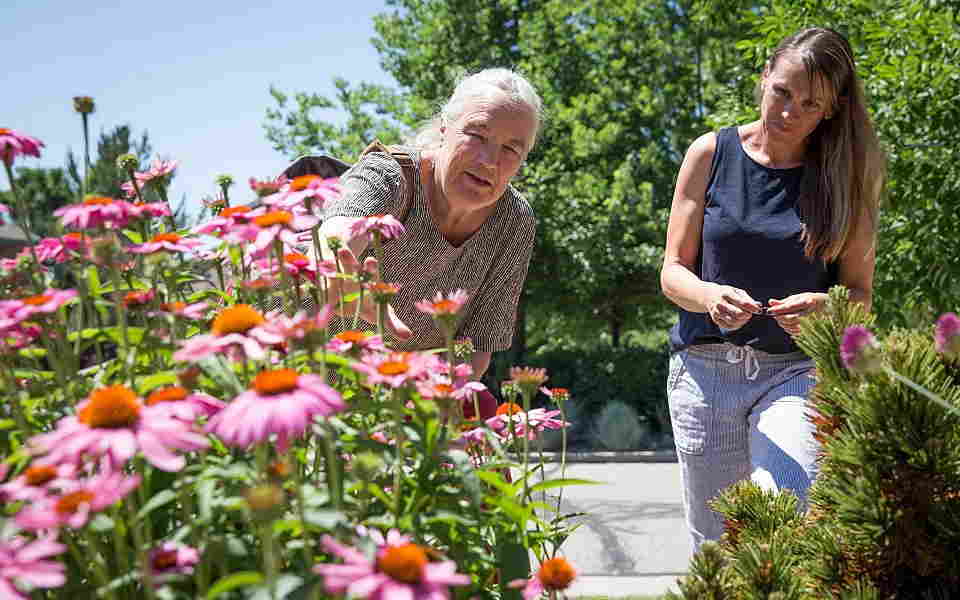Landscaping is something that many people do for themselves, their family, and their friends. By landscaping your property, you make it more aesthetically pleasing, desirable for prospective purchasers, and enjoyable for entertaining and relaxing.
These are all excellent reasons to give your yard a new lease on life, but you may not have realised that the environment also benefits. If you don’t believe that’s true, consider the following information.
Wildlife Are Catered For
You often hear about one of the major causes of a particular animal’s population decline being habitat loss. You might picture people felling forests and destroying scrubland, but it can happen a little closer to home.
Even something as simple as ripping out a shrub gives some creatures one less place to seek food, shelter, and refuge. Therefore, you may be doing many wildlife populations a favour by planting trees, shrubs, and plants in general.
If you talk to your local landscape design experts, they can shed some light on the most beneficial plants to include in your landscape design. Before long, you may be seeing insects and other critters that you have never seen on your property before.
Reduced CO2 Levels
CO2 is a damaging greenhouse gas that warms the earth. One of the easiest ways we can absorb carbon dioxide is by planting trees. To trees, CO2 is food. Trees use the carbon dioxide, phosphorus, and nitrogen, to grow and thrive.
Therefore, planting trees is a simple act to benefit the environment, reduce CO2 levels and improve your property’s aesthetics.
Reduced Noise Pollution
If you live in a city, an industrial area, or even a busy suburban area, noise pollution can be a genuine problem. If it’s not traffic whizzing past that’s keeping you awake, it’s factories, neighbours, and passers-by.
You may not be able to eliminate outside noise altogether, but landscaping your home with shrubs, trees, and other additions may make a difference. Depending on the plants you include in your landscaping design, you might also be able to drown out some of the unnatural noises out with more natural ones like birds chipping, bees buzzing, and insects chirping.
Filtered Water
Rain isn’t just water. Instead, it’s water mixed with nutrients and pollutants like dust. By growing grass and planting trees and shrubs, you may be able to filter that water. Plants can use the nutrients to help them grow, and the grass, trees, and plants can act as filterers to clean the rainwater.
What’s more, trees can reduce the volume of stormwater runoff. This simple act can reduce erosion, waterway pollution, and possibly even the effects of flooding.
Reduced Energy Consumption
It may surprise you to learn that the simple act of planting a tree may have a direct contribution to your power bills in the future. Large, well-established, mature trees can cast shadows over parts of your property.
If you live somewhere with extreme temperatures, these shadows can aid in temperature control. You may find it easier to control the temperature in your home, which means less reliance on heating and cooling appliances.
Landscaping is a popular option for homeowners who simply want an outdoor area they can enjoy and be proud of. However, it’s essential not to forget the environmental benefits. Welcome wildlife to your property and reduce your carbon dioxide emissions with just a few simple additions.

